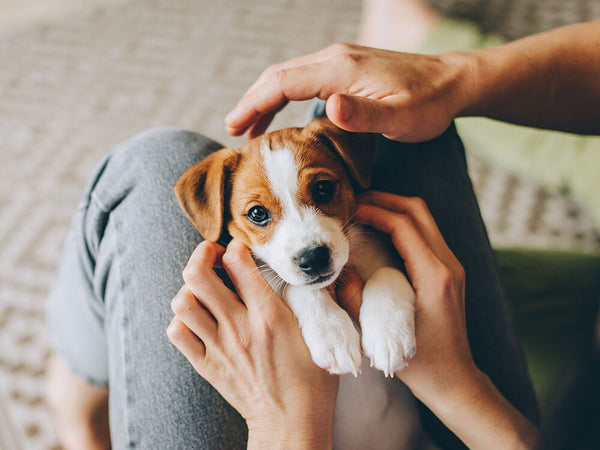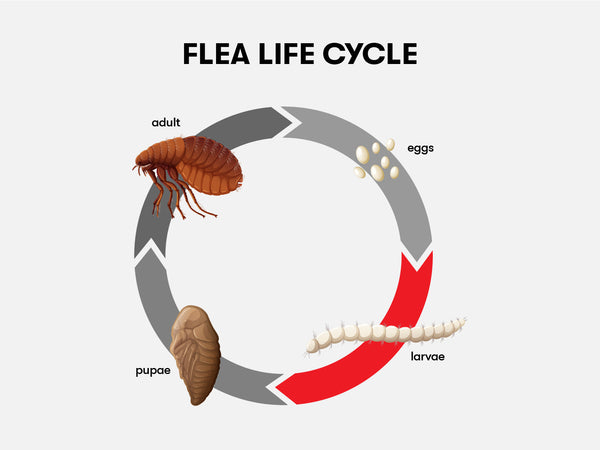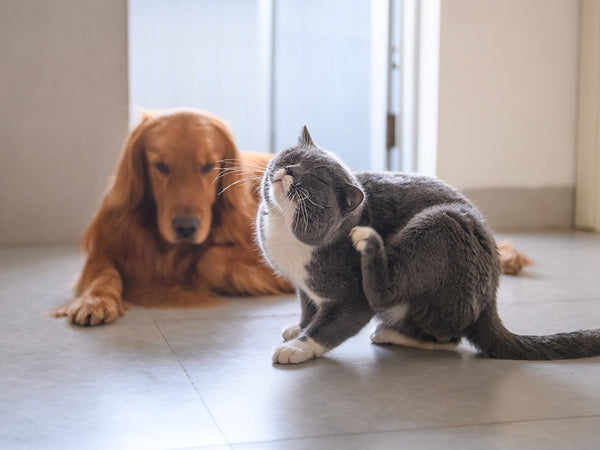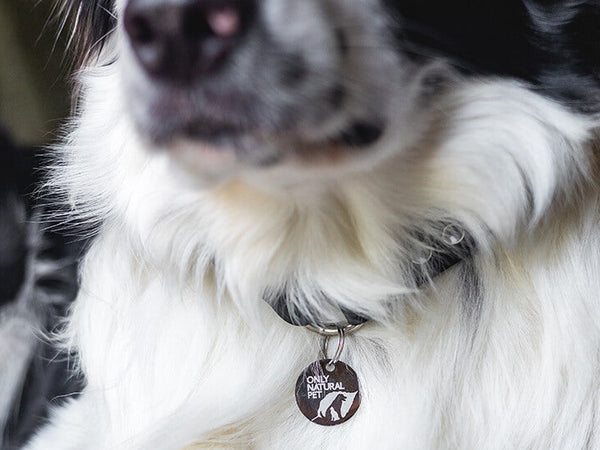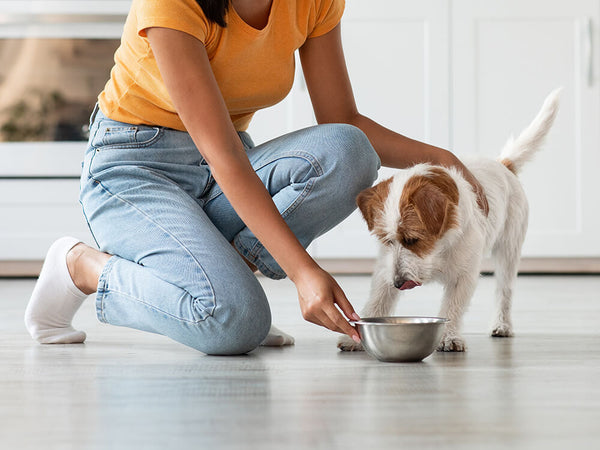Flea Life Cycle, Stages & Lifespan
Written by: Dr. Jean Hofve, Holistic Veterinarian, DVM
What is the Life Cycle of a Flea?
Let's talk about the population statistics of our foe, the flea. The adult fleas hopping around on your companion and in your house are only about 1% of the entire flea population in your home environment. This means that for every flea you see, there are probably at least 99 more in one or another stage of development lurking around the house or yard. Eight to ten percent of the population is in the pupae (cocoon) stage, 35-37% is in the larval stage and 50-54% of the population consists of flea eggs.
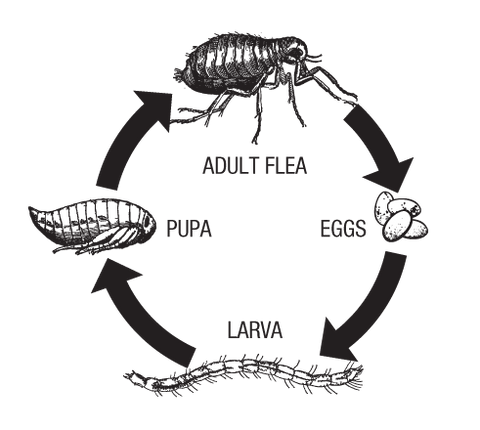
The adult female flea can lay from 10 to 50 eggs a day in ideal weather. Fleas tend to prefer warm, somewhat humid weather – 75-95 degrees with 60-85% humidity. Considering an adult flea can live up to 60-100 days, a single flea could lay upwards of 2,000 eggs in her lifetime. And even if only half of those go on to reproduce... well, you get the picture – lots and lots of fleas!
"Considering an adult flea can live up to 60-100 days, a single flea could lay upwards of 2000 eggs in her lifetime."
The eggs are laid on the "host" - your companion animal, and most will fall off onto the floor or bedding, or in the yard. The majority of those eggs and the resulting larvae and pupae remain within fifty feet of their host's favorite resting spot, so keep that in mind when we get to the part about treating the environment. Flea larvae emerge from the eggs within 1 to 10 days, although if conditions are not ideal, the egg can remain in the environment much longer, just waiting for the right opportunity to hatch. The larval stage lasts 5 to 11 days and is a time of vulnerability in the flea's life cycle. Once they spin their cocoons and "pupate," which takes 5 to 9 days, they are then in a pre-adult state within the cocoon that can last from only a few days to more than 6 months.
Now you can understand why "bug bombs" just don't work. They may kill fleas on dogs, but they only kill the fleas in the adult and larval stage at best. So all those thousands of eggs and little cocoons are still lurking and waiting for the proper conditions in order to emerge and start the whole population explosion all over again.
One more detail about our foe the flea: they can spread disease and tapeworms. The way the flea feeds is by sticking its pointed little nose into the host and injecting a bit of "saliva" to thin the blood before sucking it. This is why so many pets are allergic to flea bites and end up with severe rashes and hot spots.
How to Prevent Fleas, Eggs & Larvae
What can you do to prevent an infestation of fleas, and how can you treat fleas on dogs and cats? Find out in our article, Flea Repellents vs. Flea Treatments for Dogs & Cats.





